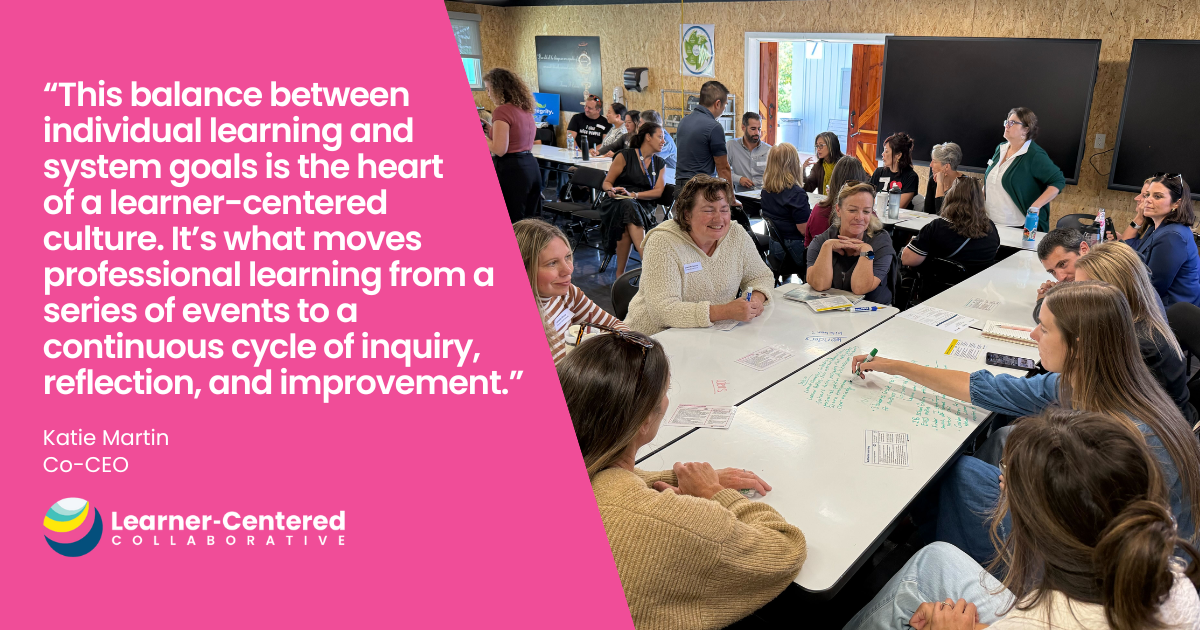Continue, Start, Stop Protocol
This protocol offers leadership and teaching teams a process for reflecting on current practices, aligned to vision, values, and goals with an eye toward making intentional choices that prioritize, integrate, and adapt current practices in order to achieve desired outcomes. It can be used in small or large groups and typically takes about 20 minutes. For in-person teams we recommend chart paper and/or sticky notes for capturing your thinking. Virtual teams can put the chart into a shared document and add to it collaboratively.
Complete the form below to download this protocol.






